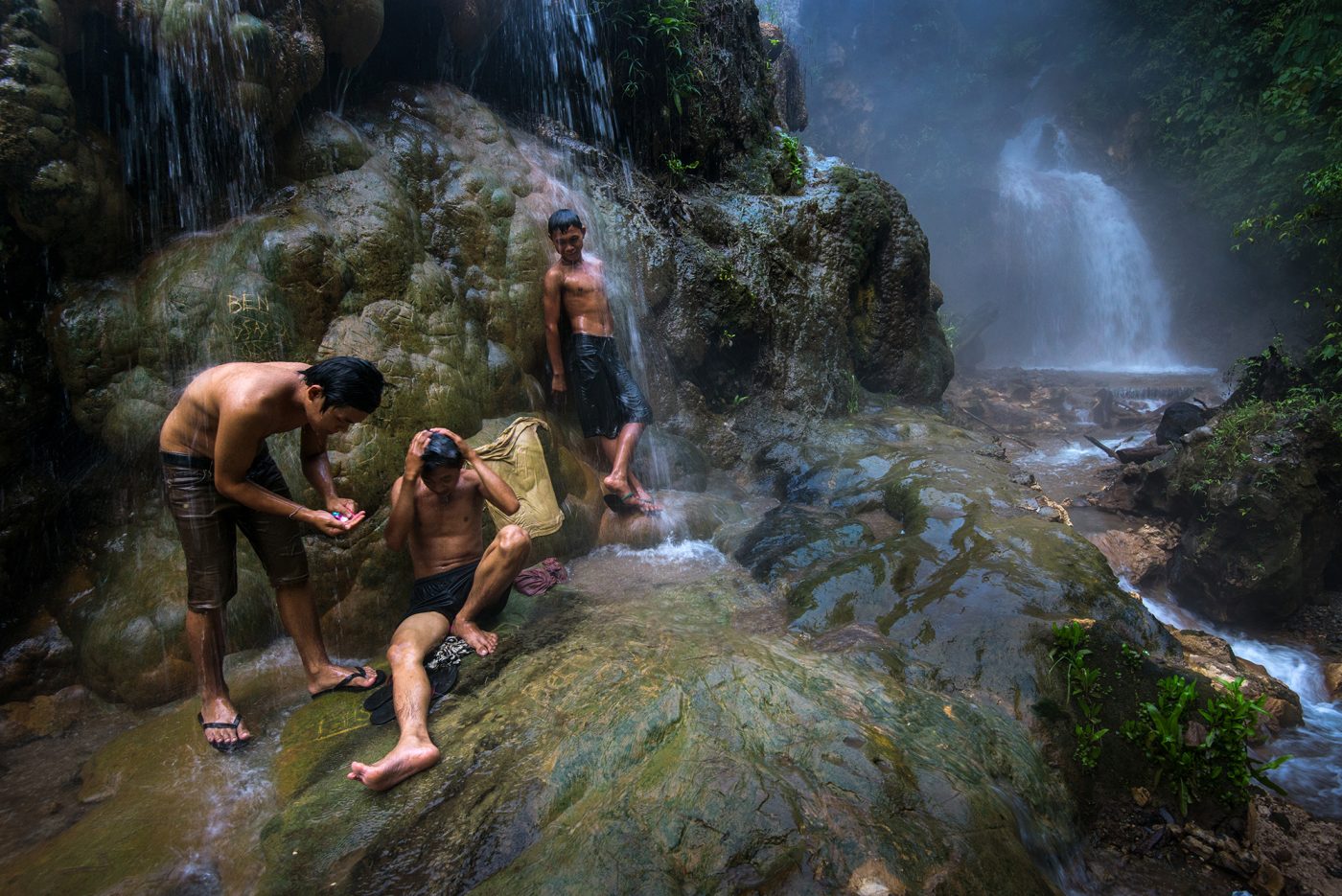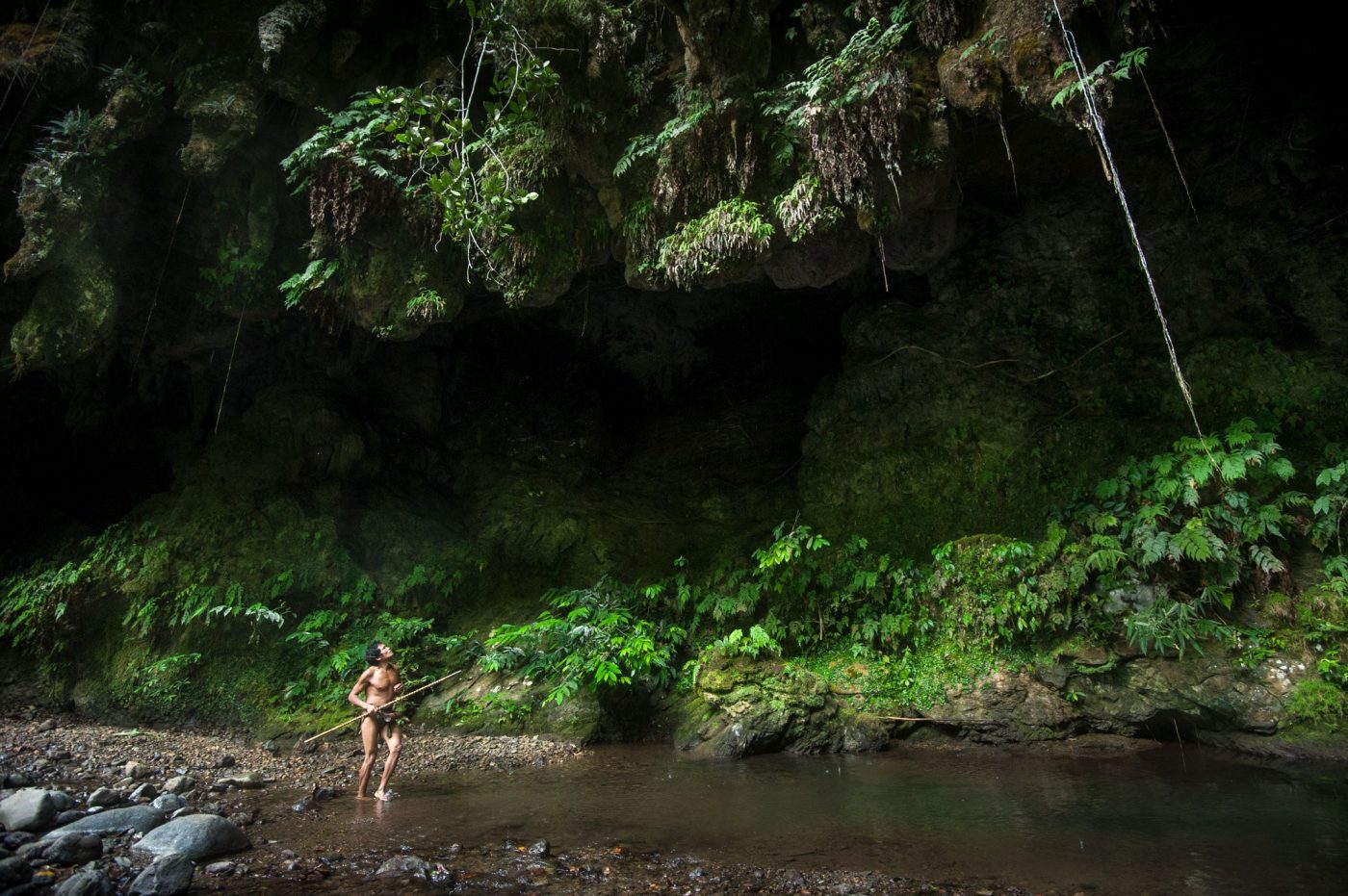One week prior to my departure to Tawi-Tawi I received an email from the US Embassy in Manila. “U.S. citizens should continue to defer non-essential travel to the Sulu Archipelago, due to the high threat of kidnapping of international travelers and violence linked to insurgency and terrorism there.”
I thought I would spend some time and put together my highlights from 2014 in photos. I’ve never done this before, but I haven’t done many blog posts this year and therefore thought I should get another one in before the year ends. At times this year was extremely busy and at other times I was able to do more of the behind the scenes work that always seems to pile up. I had some firsts this year, including my first solo exhibit, and I took on more commissioned work than in previous years.
Considered one of the 18 indigenous ethnolinguistic Lumad groups in Mindanao, the native Mansaka continued their way of life during the hundreds of years of migrations and inter-marriages of the Malays, Indonesians and the Chinese. Although the Mansaka people evolved over time, they were never heavily influenced by the Spanish during their colonization.
Three weeks in the Cordilleras of Luzon and I feel like I have only scratched the surface of experiencing the rich cultures that make up the Igorot people. This is a common trend I have experienced while working on the Katutubong Filipino Project and one reason I hope to extended the project longer term, perhaps for another three years. More time is needed. This is especially true when trying to tell the story of the Igorot people who live in six different provinces with over 20 tribes all speaking different languages, practicing different rituals, and have different beliefs and cultures.
The past couple of months have been action packed with lots of traveling, learning and thinking of the year ahead. Inevitably, when one starts to think about the challenges and hopes for the future we find ourselves reflecting on the past. It was this time last year that my wife and I finished a successful Kickstarter campaign for the Katutubong Filipino Project (Indigenous Filipino people project). It feels like a lot longer than a year ago that we ventured into this project, but we are thankful for it and for all of the people we have meet because of it. We are still working on the project with two major areas still to visit with our Kickstarter funds.
Over the past month I have made two separate trips to Mindanao in the hopes to document the ethnic sport of horse fighting that is still occasionally practiced by the areas Lumads (indigenous peoples). My first trip was during Davao’s Kadayawan Festival, which is an annual week long celebration featuring the different tribes from Davao. This festival is like most other festivals in the Philippines, complete with street dancing, beauty pageants and plenty of people walking around the streets. In years past horse fighting was one of the side events at the Kadayawan Festival and was the sole reason I made the trip to Davao. Sadly, the tribal Chieftain, Datu Causing Ogao, who was in charge of this years horse fighting was murdered only three weeks before the festival. This murder was one of three tribal murders in the same time frame throughout this part of Mindanao.
Things often do not turn out the way you might expect them to. Such was the case during my recent trip back to the Sierra Madres. I returned to a part of Isabela and Cagayan provinces to visit some old Agta friends from last year. Upon returning this time I had a plan to go on a hunt with some of the men, a hunt for wild pig, deer or monkey. These are game items that the Agta still hunt for occasionally in the forest to eat or sell to locals. I was excited about this trip and thought with the contacts I had made everything would fall into place fairly easily. However, I couldn’t have been more wrong. Uncontrollable circumstances such as bad weather, broken transportation, and previous obligations of my contacts lead to a serious amount of time waiting.
Lao Cai province of northern Vietnam borders the Chinese border and is home to a number of different ethnic minorities that have lived in the area for centuries. I came to Vietnam with very few expectations as our time was relatively short and our tickets were bought over six months ago. The original purpose of this trip was a mini-vacation of sorts and out of necessity to leave the Philippines for my visa renewal. We flew into Hanoi and decide to head straight to Lao Cai Province after a couple of days in this fast pace city. Parts of Lao Cai are fairly popular tourist destinations because of the beautiful landscapes and colorful minorities that live there, especially the mountain city of SaPa.
Singnapan Valley in southern Palawan is a place I have wanted to visit for a long time now. It was a couple of years ago that I came across some images online of the Tau’t Bato tribe and it has intrigued me ever since. The remoteness of the Singnapan valley is what first caught my attention and then the interesting stories that the people there live in large caves during the rainy season. Thus, their name Tau’t Bato – Dwellers of the rock. There are a handful of travel blogs and some videos online of other foreigners and Filipinos making the trek to Singnapan. This area is also home to Mount Mantalingahan, the highest peak in Palawan and an occasional destination for hardcore mountaineers.
It’s been eight years since I was last in northern Palawan during my Peace Corps days. Back then I spent a lot of time in Coron and Busuanga doing marine surveys and remember how beautiful the islands were in this part of the country. This time my travels brought me to Coron to photograph the Calamian Tagbanua people, one of a number of different indigenous groups found in Palawan. During the months I spent in Coron years ago I remember isolated fishing communities that harvested seaweed and octopus. I also remember the picturesque tropical islands, especially Coron Island which stands tall above most of the others with its karst limestone cliffs. It was these memories in part that made me want to return and explore the area with my camera.
email: [email protected] |
© 2025 Jacob Maentz







